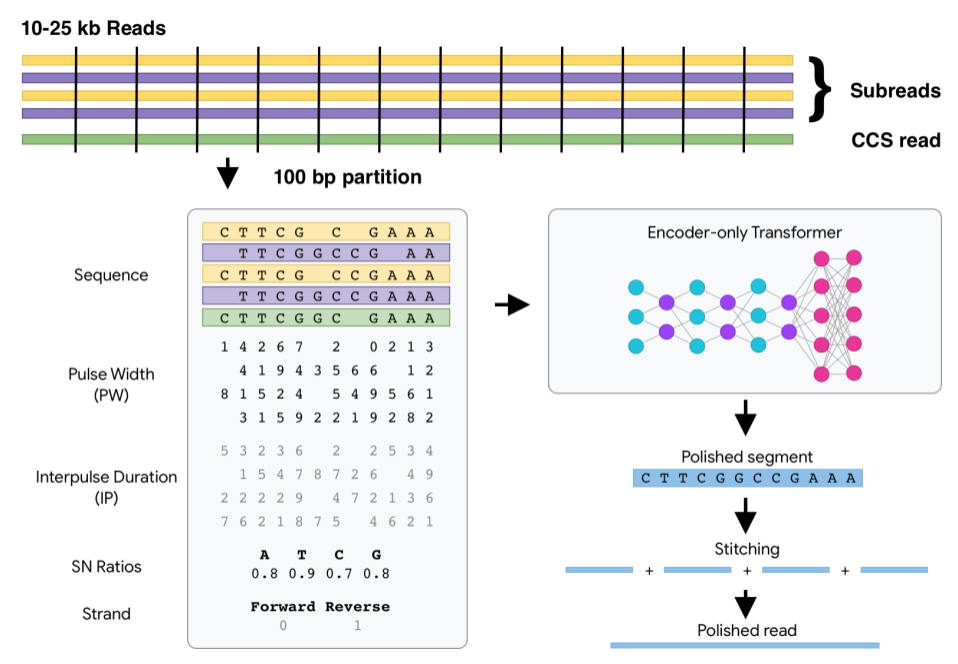Neural Lexicon Reader: Reduce Pronunciation Errors in End-to-end TTS by Leveraging External Textual Knowledge
This is an implementation of the paper, along with the pipeline and pretrained model using an open dataset. Audio samples of the paper is available here.
Recipe
This open pipeline uses the Databaker dataset. Please refer to our previous pipeline for dataset preprocessing, while only the Databaker dataset is used. Besides, you need to run lexicon/build_databaker.py to build the vocabulary, download the lexicon from zdic.net, and encode them with XLM-R. Feel free to change the target directory to save the data, which is specified in build_databaker.py and lexicon_utils.py.
Below are the commands to train and evaluate. Default target directories specified in the preprocessing scripts are used, so please substitute them with your own. The evaluation script can be run simultaneously with the training script. You may also use the evaluation script to synthesize samples from pretrained models. Please refer to the help of the arguments for their meanings.
python -m torch.distributed.launch --nproc_per_node=NGPU --model-dir=MODEL_DIR --log-dir=LOG_DIR --data-dir=D:\free_corpus\packed\ --training_languages=zh-cn --eval_languages=zh-cn --training_speakers=databaker --eval_steps=100000:150000 --hparams="input_method=char,multi_speaker=True,use_knowledge_attention=True,remove_space=True,data_format=nlti" --external_embed=D:\free_corpus\packed\embed.zip --vocab=D:\free_corpus\packed\db_vocab.json
python eval.py --model-dir=MODEL_DIR --log-dir=LOG_DIR --data-dir=D:\free_corpus\packed\ --eval_languages=zh-cn --eval_meta=D:\free_corpus\packed\metadata.eval.txt --hparams="input_method=char,multi_speaker=True,use_knowledge_attention=True,remove_space=True,data_format=nlti" --start_step=100000 --vocab=D:\free_corpus\packed\db_vocab.json --external_embed=D:\free_corpus\packed\embed.zip --eval_speakers=databaker
Besides, to report CER, you need to create azure_key.json with your own Azure STT subscription, with content of {"subscription": "YOUR_KEY", "region": "YOUR_REGION"}, see utils/transcribe.py. Due to significant differences of the datasets used, the implementation is for demonstration only and could not fully reproduce the results in the paper.
Pretrained Model
The pretrained models on Databaker are available at OneDrive Link, which reaches a CER of 4.19%. Relevant files necessary for generation of speeches including lexicon texts, lexicon embeddings, the vocabulary file, and evaluation scripts are also included to aid fast reproduction.




![[IJCAI-2021] A benchmark of data-free knowledge distillation from paper](https://github.com/zju-vipa/DataFree/raw/main/assets/cmi.png)